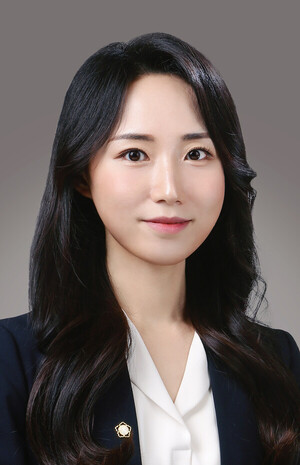Kim Jin-joo, Lawyer at Kim & Hyun
Recently, a district court acquitted a hairdresser in her 40s accused of performing eyebrow tattooing procedures, including semi-permanent eyebrow makeup, in violation of the Medical Service Act, contradicting the existing legal theory.

The legal basis for “tattooing is medical practice” can be found in a Supreme Court precedent stating that “medical practice is not only the act of preventing and treating diseases but also the act that may cause harm to health and hygiene if not performed by a medical practitioner” (Supreme Court ruling May 22, 1992).
In contrast, the Cheongju District Court, in this case, held that the provisions of the Medical Service Act, which stipulate that only medical practitioners can practice medicine, do not define what medical practice is.
So, the court judged that a constitutional interpretation that best realizes the principles and values of the Constitution must first be made regarding the definition of medical practice. In addition, even if the legislative intent of the Medical Service Act, the history of its amendments, and the relevant precedents are taken into account, medical practice does not extend beyond the original meaning of medicine, which is “an act for the prevention, diagnosis, and treatment of disease.” So the existing Supreme Court precedent violates the prohibition of expanded interpretation.
Furthermore, the district court thought the precedent violated the “principle of least intrusion,” as it infringes on the freedom of professional practice and expression of tattooists and the freedom of individual expression of people who want to receive tattoos.
As the adverse effects of dyes in tattooing procedures are related to the stability of the dyes themselves, there is no difference between medical and non-medical personnel, and this is a risk that can be controlled by regulating the production and distribution process of dyes, not a risk that can be dealt with by prohibiting non-medical personnel from performing the procedure, the court concluded. And so, it cannot be seen as a risk that non-medical personnel cannot adequately deal with or prevent.
In addition, there are some, if strictly limited, areas that can be prevented and handled with limited medical knowledge and skills that can be acquired and performed by non-medical personnel, the courts said. It cited as such examples the invasive nature of "blood glucose meters" and "lancets" sold and distributed to non-medical personnel and that simple techniques, such as piercing the earlobe, have become routine.
Accordingly, the court ruled that the “eyebrow tattooing” and “semi-permanent makeup application” performed by the defendant, in this case, did not constitute medical practice, as it was difficult to see that they required advanced medical knowledge and skills, had the purpose of “prevention, diagnosis, and treatment of diseases and health guidance,” or were “acts that may cause health and hygiene harm if not performed by a medical professional,” and acquitted the defendant.
The existing Supreme Court precedent is that tattooing is an invasive act that can cause infection, and such an invasive act on the human body is considered a medical practice that can be performed by none other than a doctor.
However, what the court judged as permissible under social norms runs squarely counter to the Constitutional Court's constitutionality decision, and there is a good chance that it will be overturned in the appeals trial.
Recently, the National Assembly has continuously proposed tattooists’ laws to allow tattooing. Japan has also allowed non-medical personnel to perform tattooing as an artistic activity.
Since some areas are difficult to request from doctors, such as the artistic part, it is necessary to have a system that fits the new area and legislation that builds safety through proper regulation within the framework of the system.

